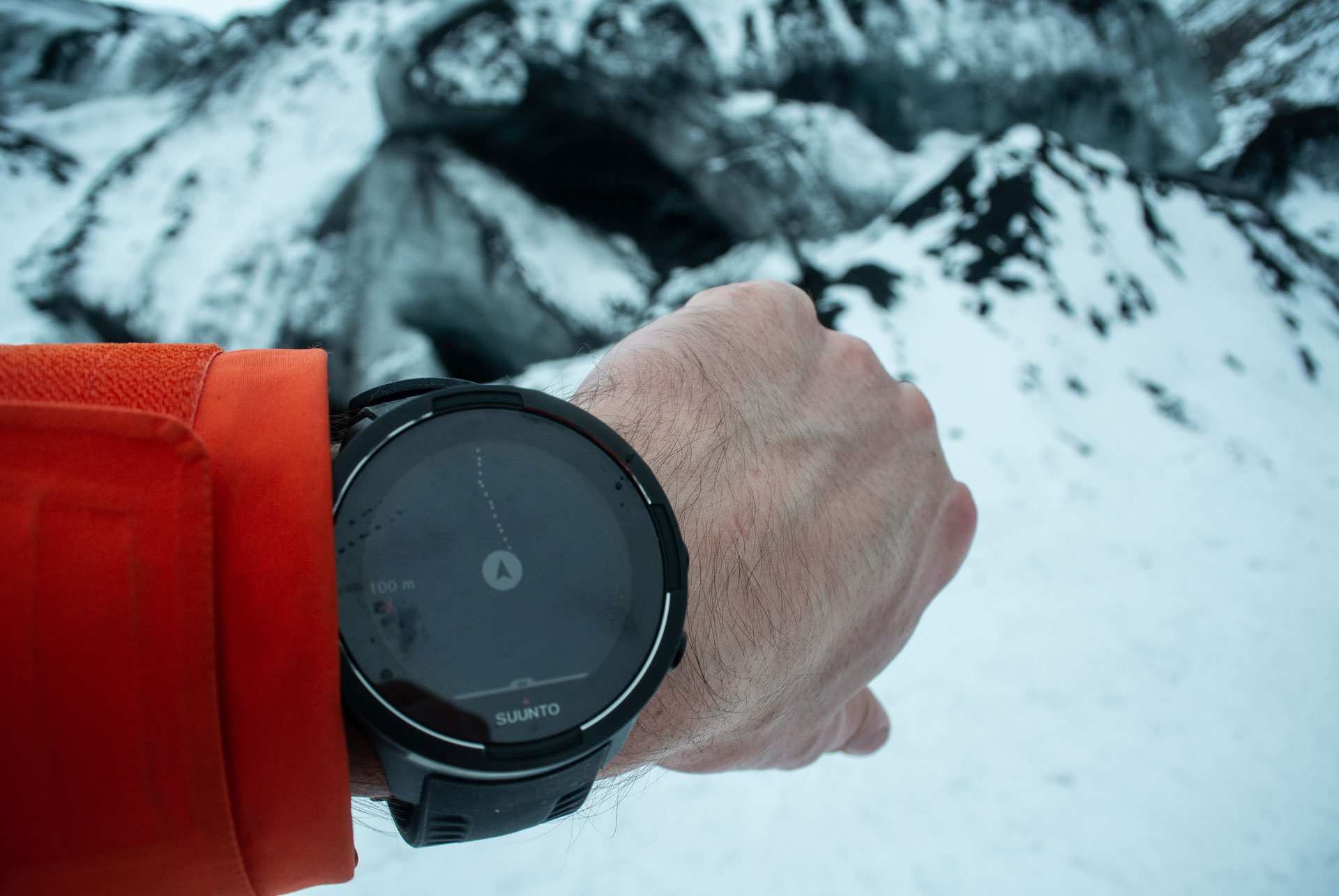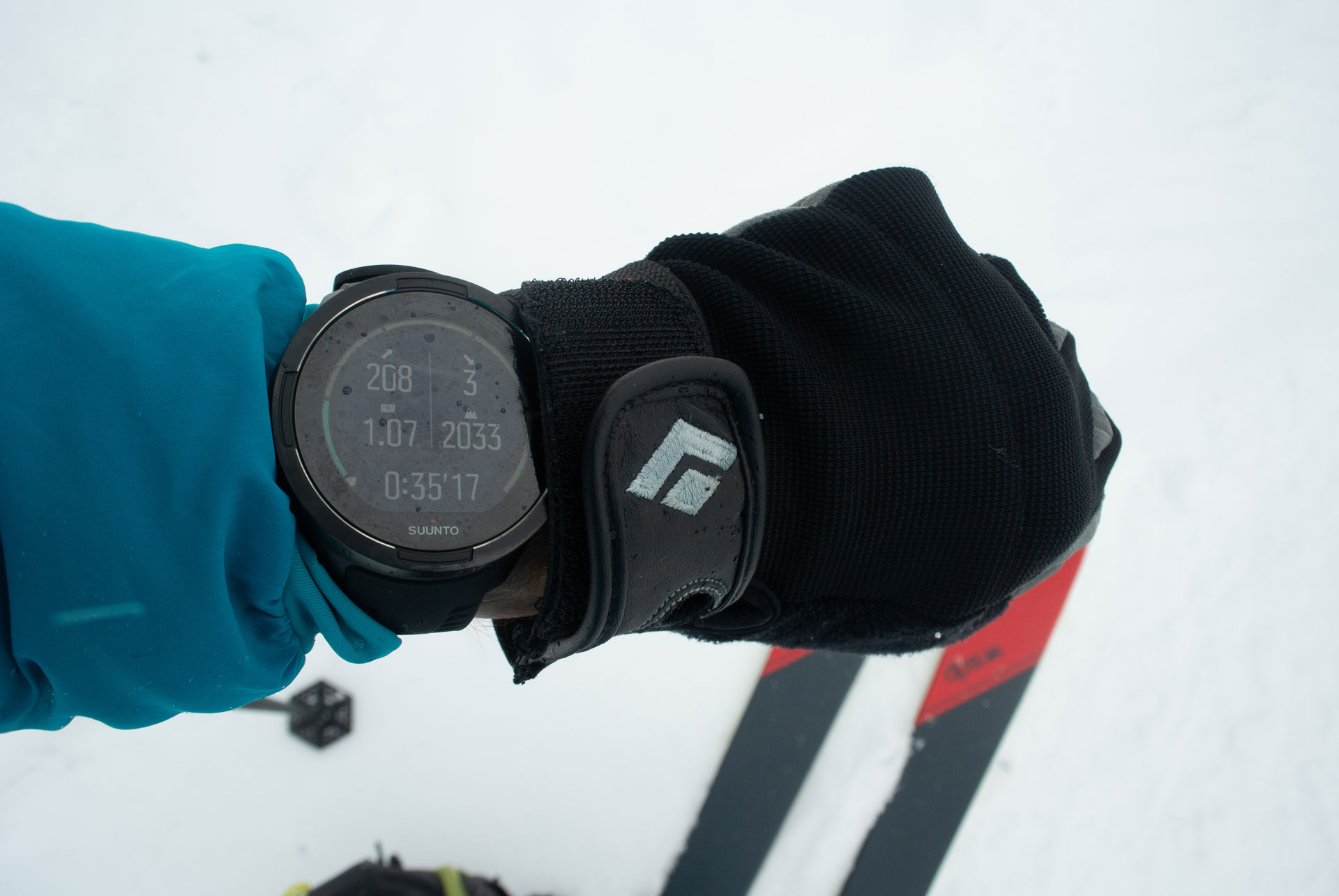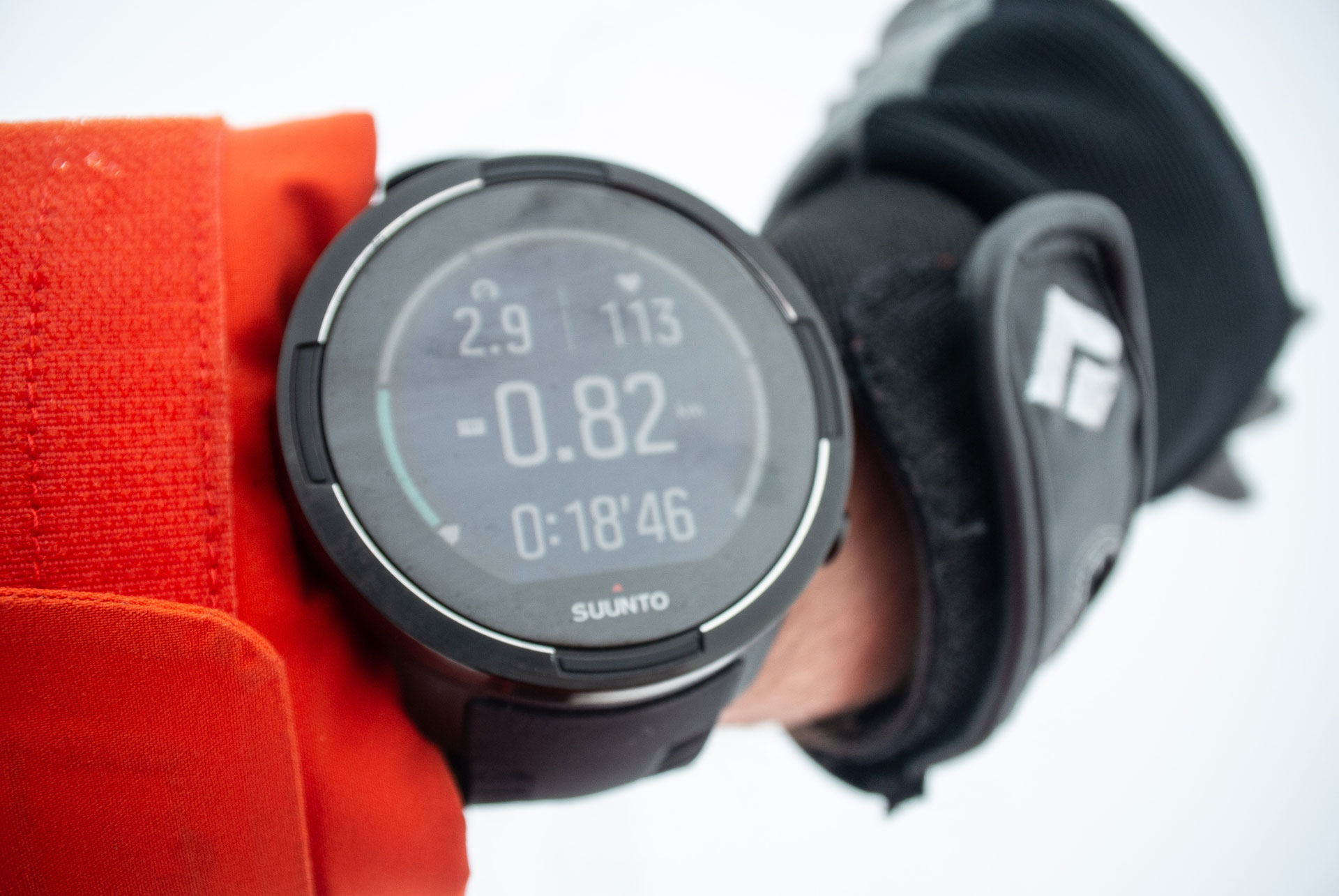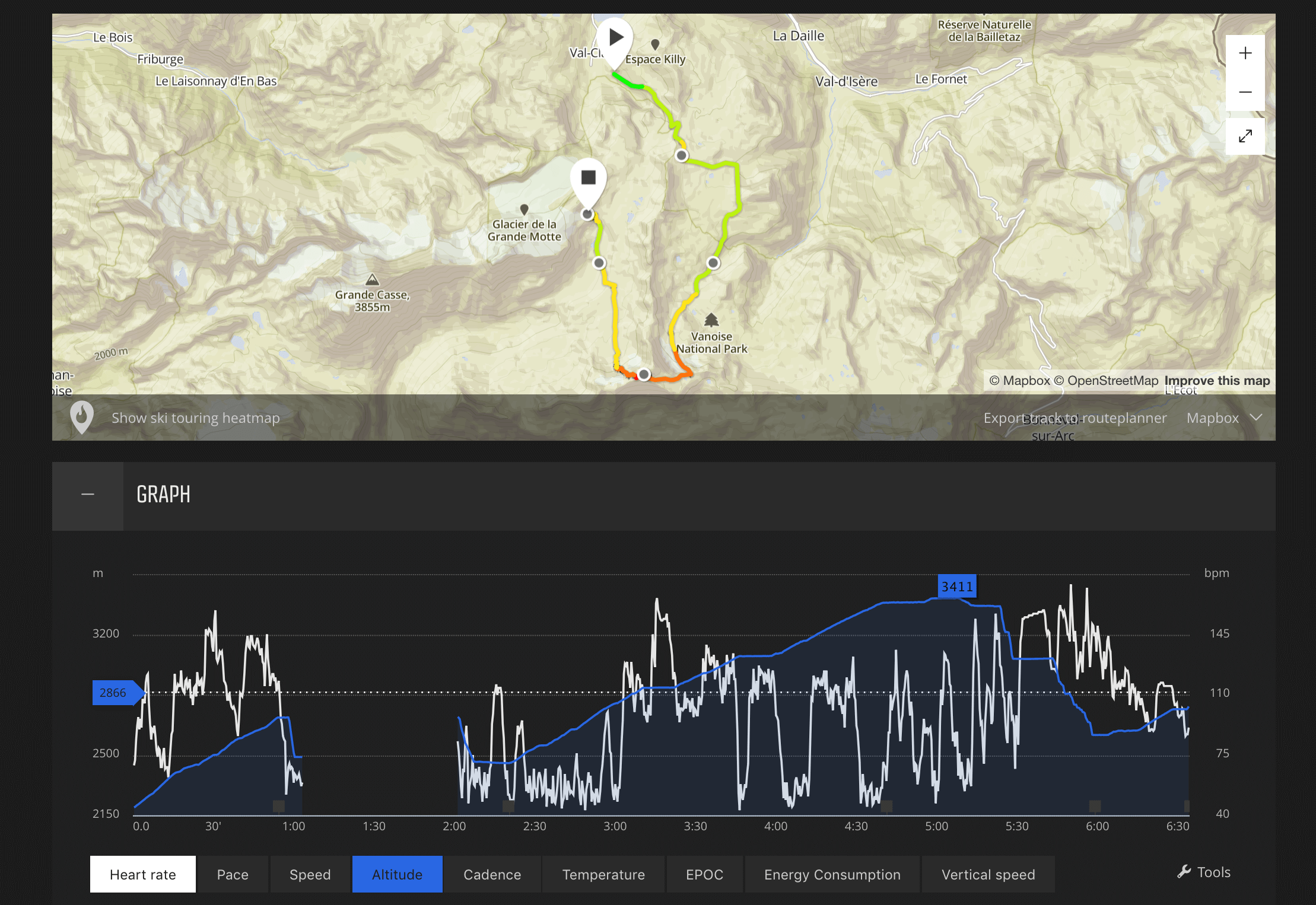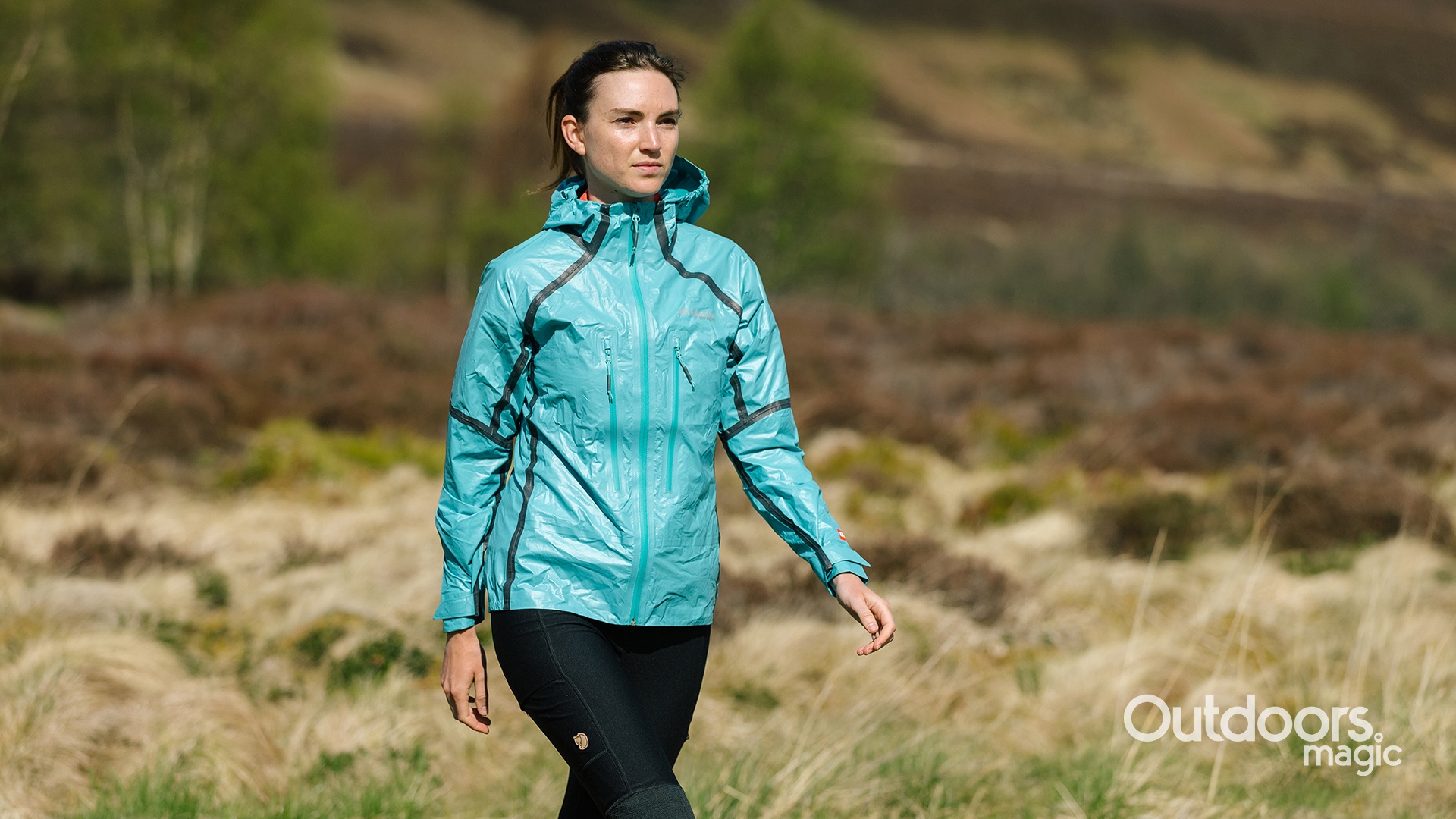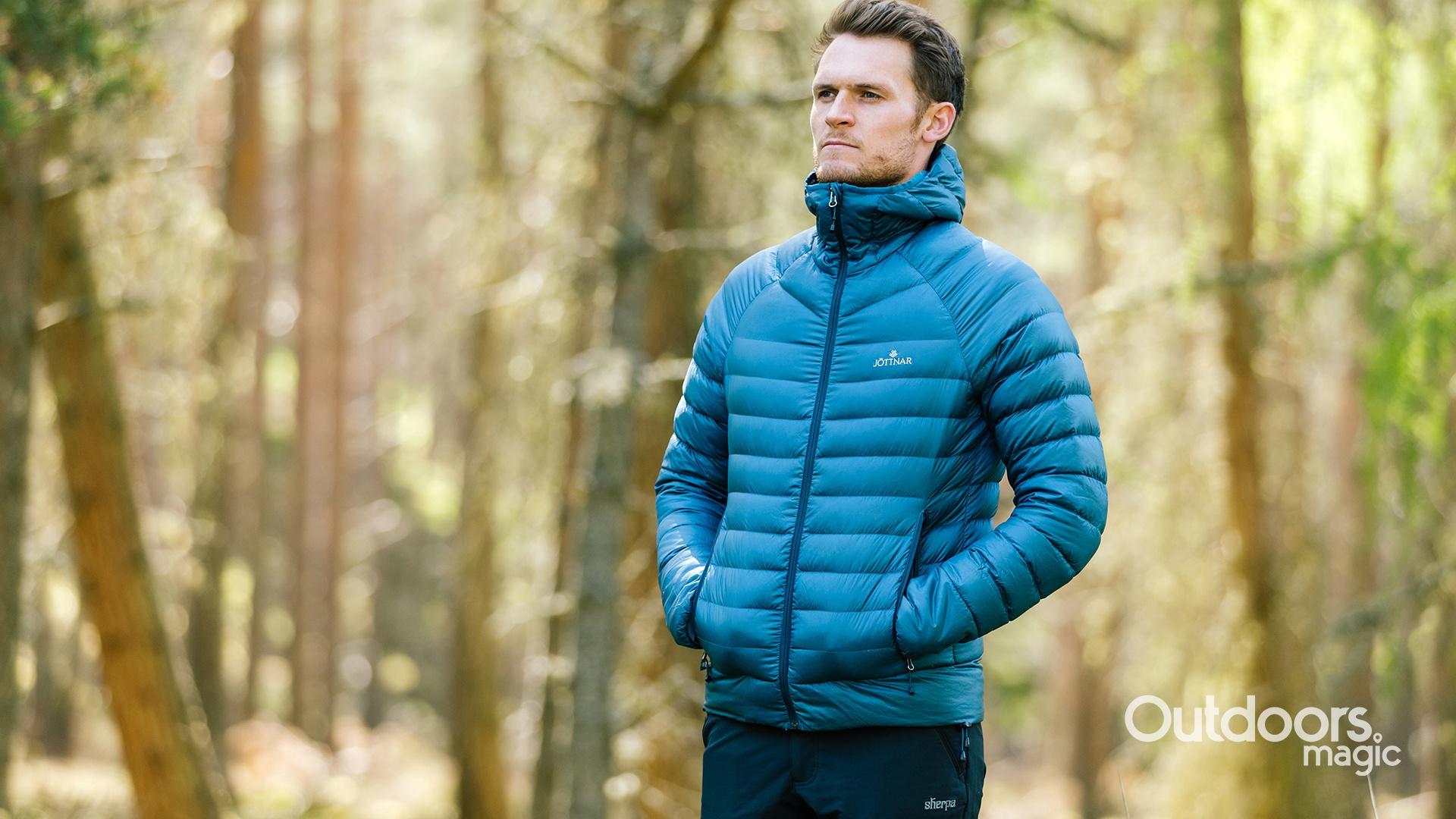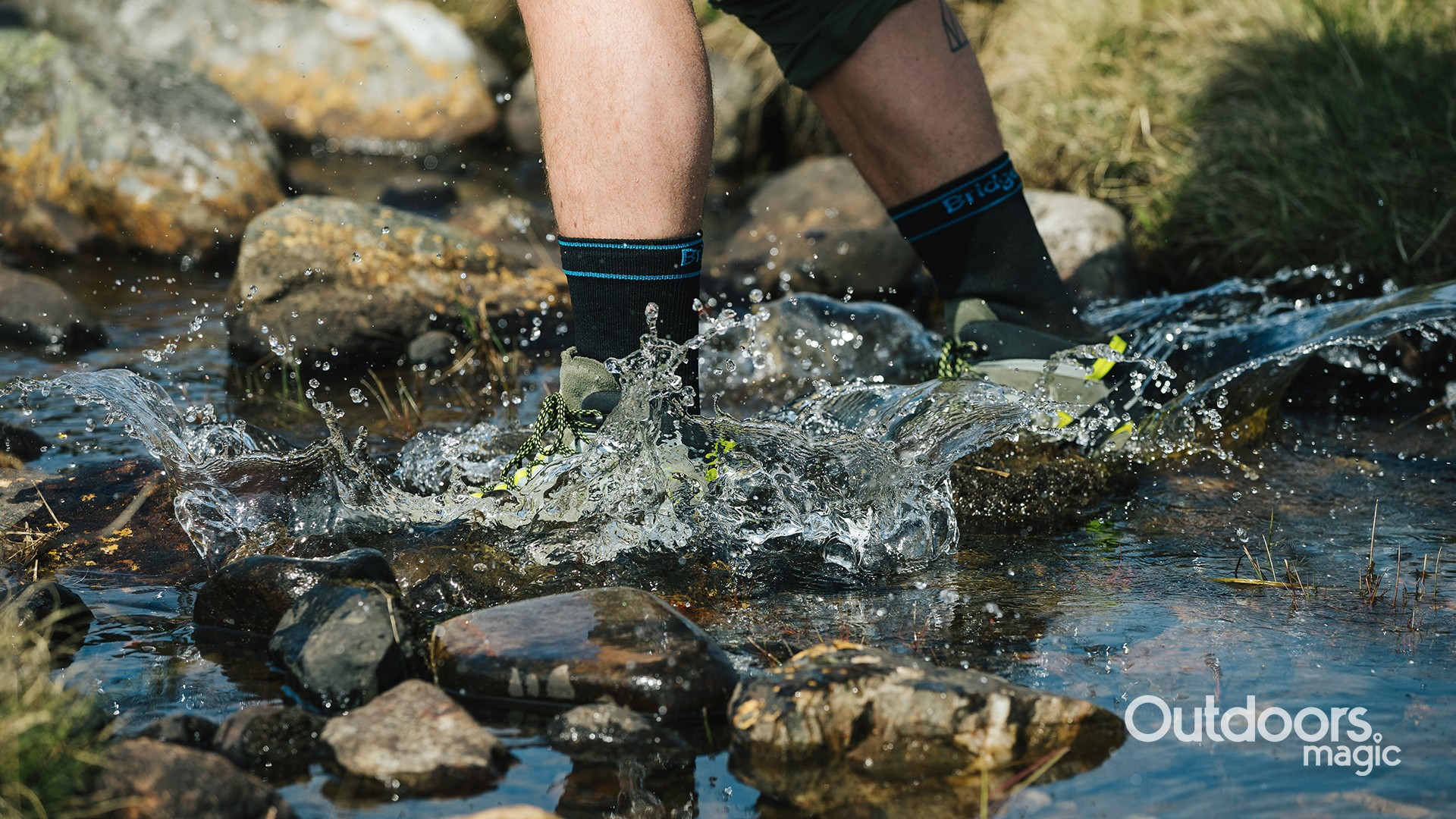Finding a watch that keeps up with my life can be tricky. I’ve owned a trusty Suunto Core for the past six years and it’s been pretty much everywhere with me. The Core rarely let me down, giving me barometric readings when needed, whilst also timing my running, climbing and ski touring days in reference to the height gained/lost.
This was sadly where the excitement ended with the Core, as aside from a gimmicky compass and those barometric readings, it had a pretty minimal feature set and no way of recording my days on the hill. I therefore jumped at the chance to test Suunto’s all new ’Suunto 9’ which essentially addresses all of the missing features of the Core.
The Finnish company released the new Suunto 9 Baro and standard Suunto 9 in the UK back in June 2018 for £499 (the non-barometric version retails for £450). This price tag shows that Suunto are (very cleverly) positioning this watch below the direct competition that is the Garmin Fenix 5 Plus which retails at £599.
Activity Settings On The Suunto 9 Baro
The watch comes with a range of exercises programmed in to monitor key statistics for the chosen activity throughout your day. These activities range from (bear with me): Running, Trail Running, Treadmill, Cycling (basic), Cycling (power), Indoor Cycling, Mountain Biking, Pool Swimming, Openwater Swimming, Triathlon, Obstacle Race, Weight Training, Circuit Training, Hiking, Cross-Country Skiing, Ski Touring, Alpine Skiing and ’Other’.
This versatility within the watch is a major selling point for me. I’ve been able to track all my activities, at home or abroad and lay out everything I’ve done to look back on.
This versatility has previously been lacking. Traditional running watches don’t carry the best display or GPS functions and traditional hillwalking and climbing barometers don’t house heart rate sensors.

